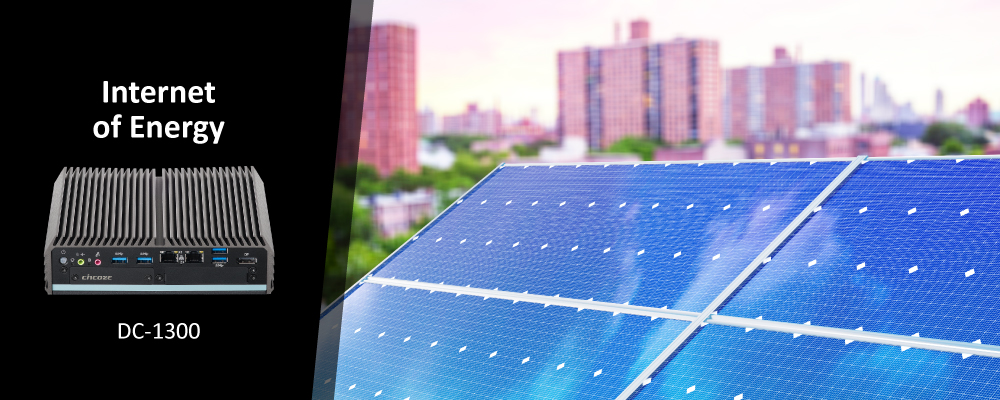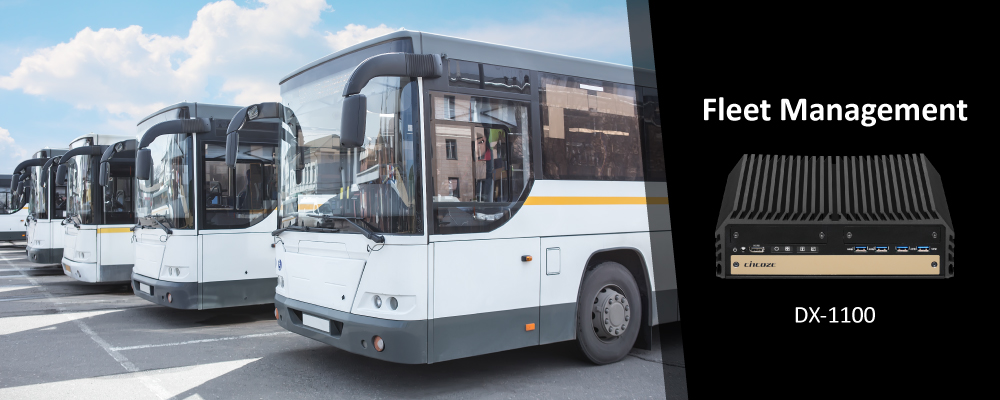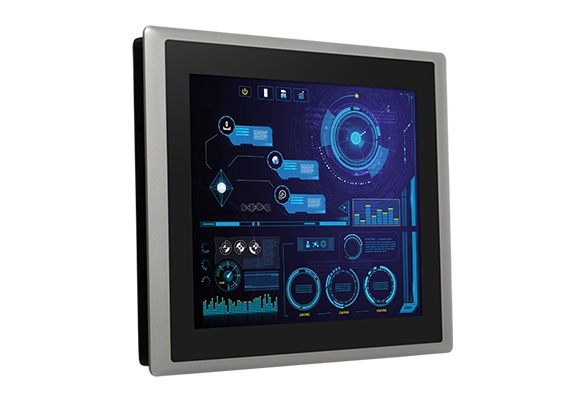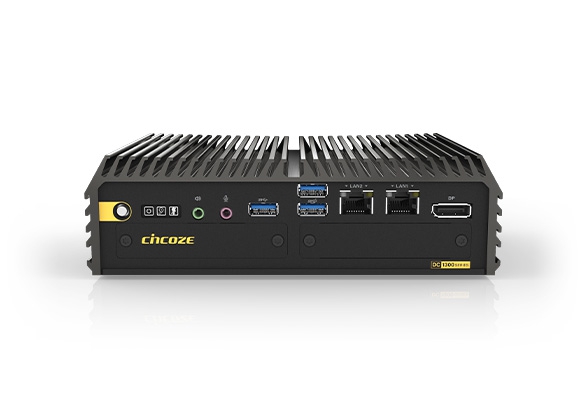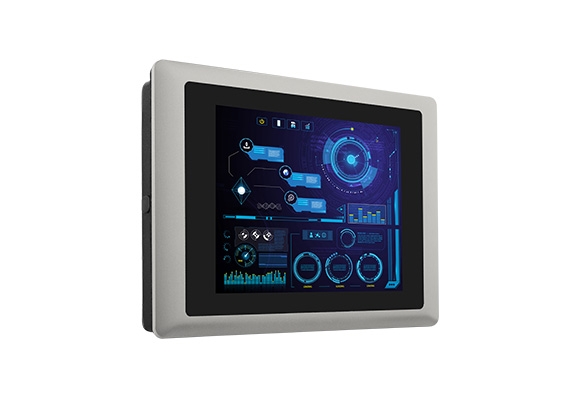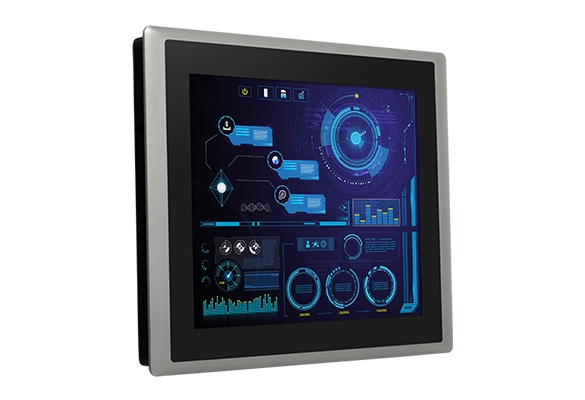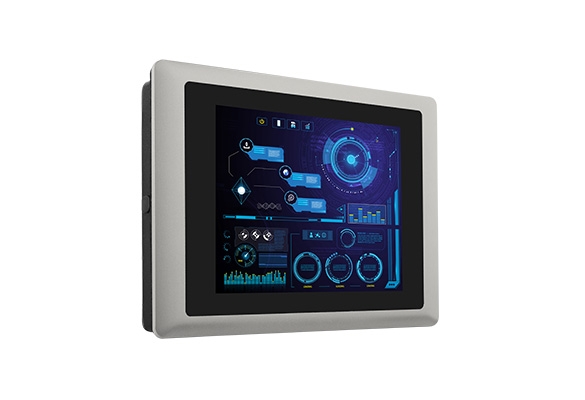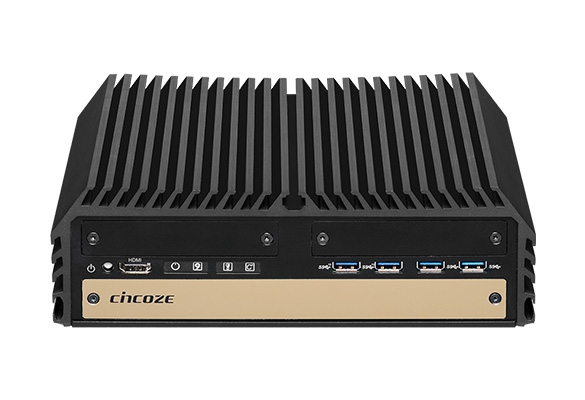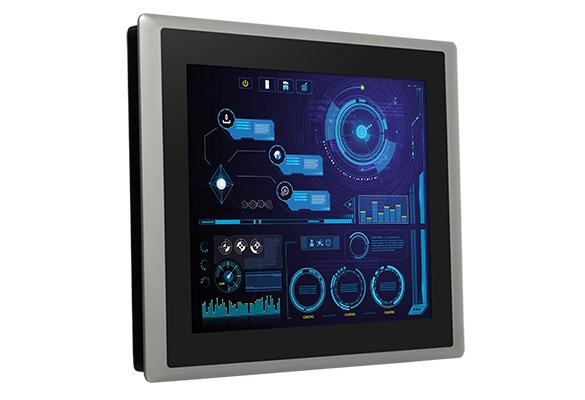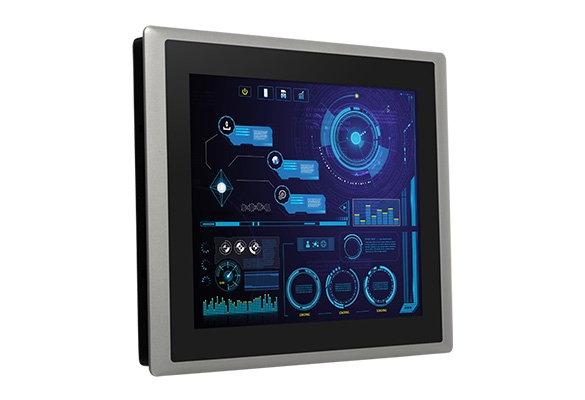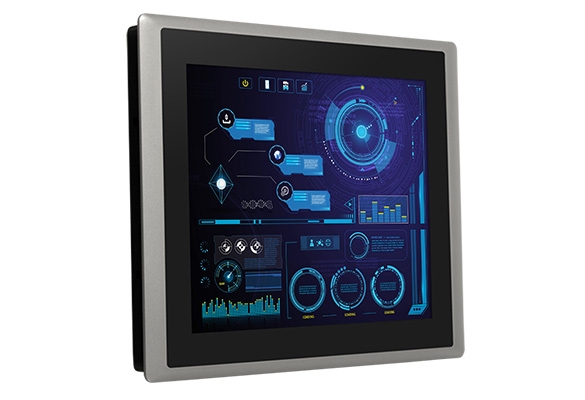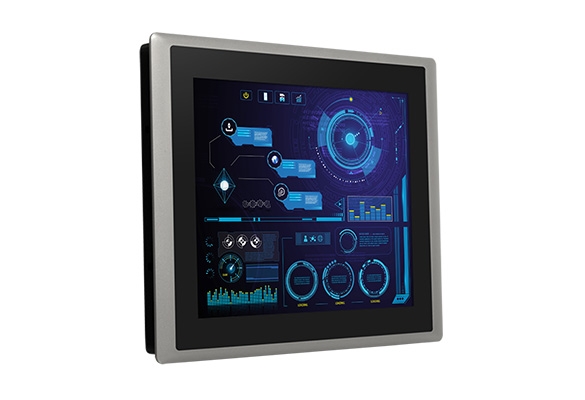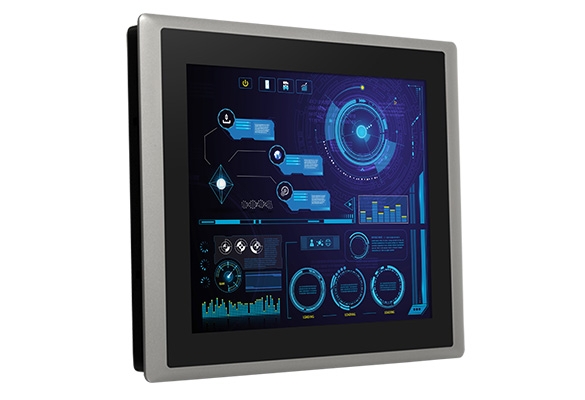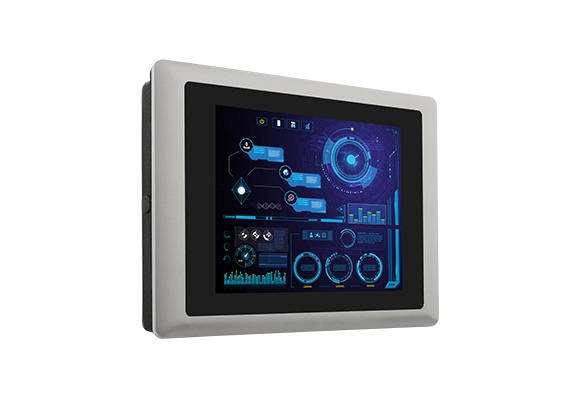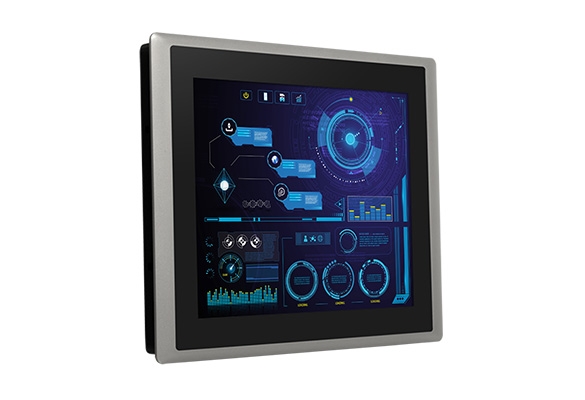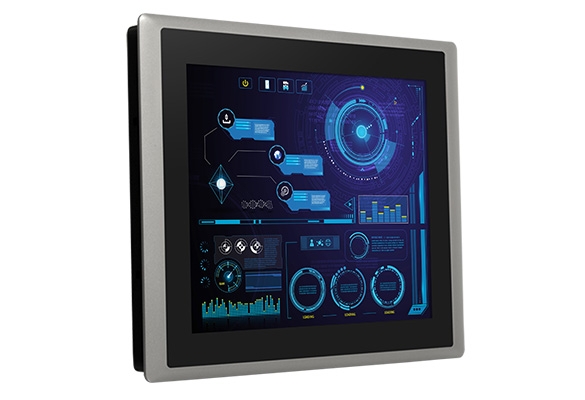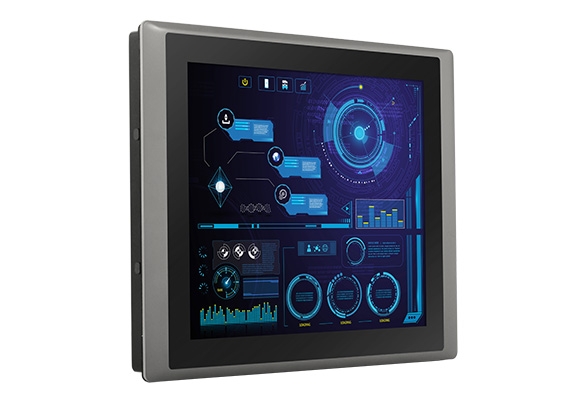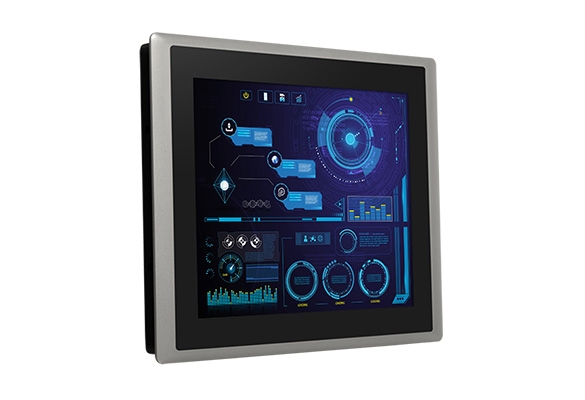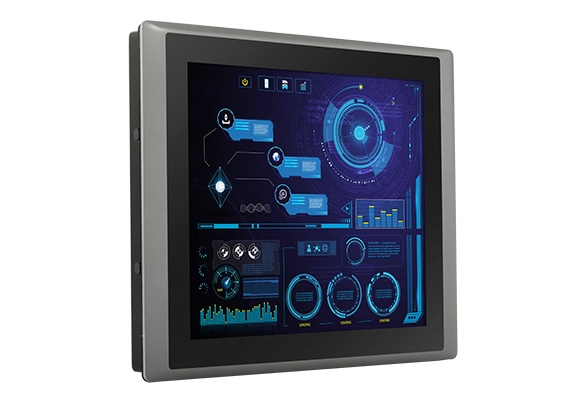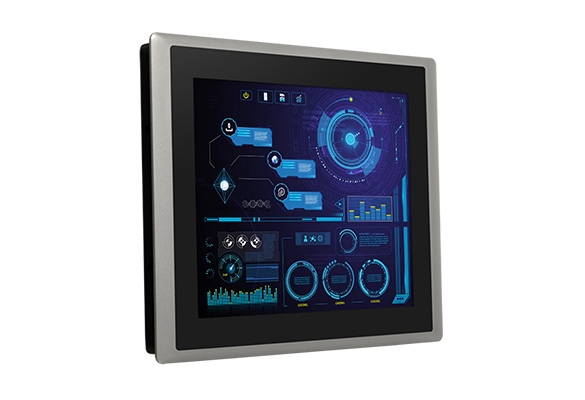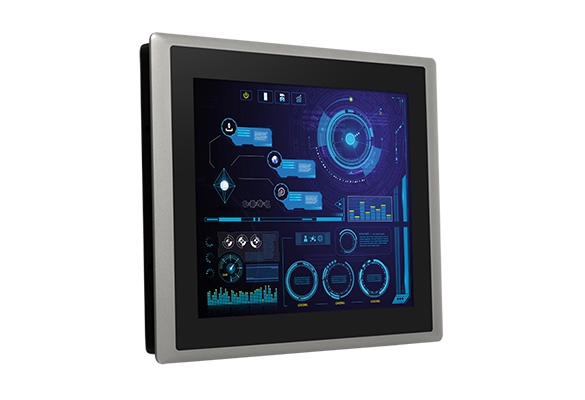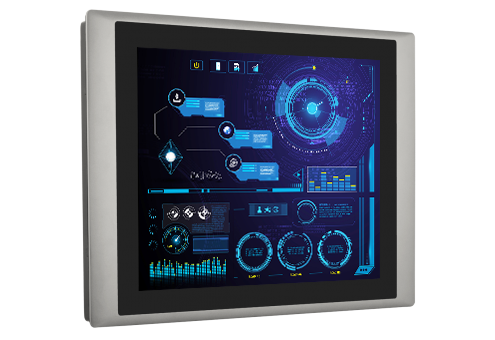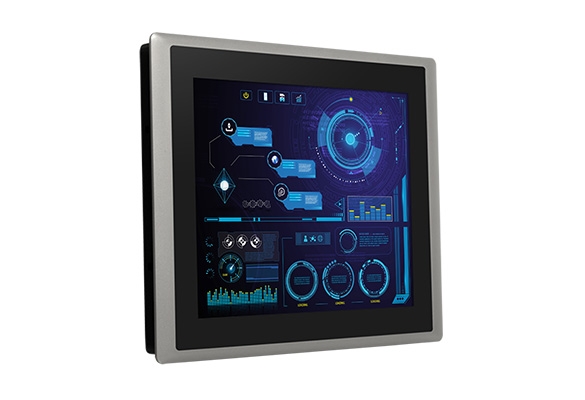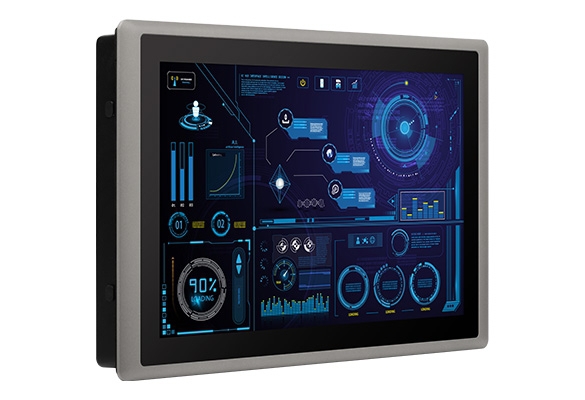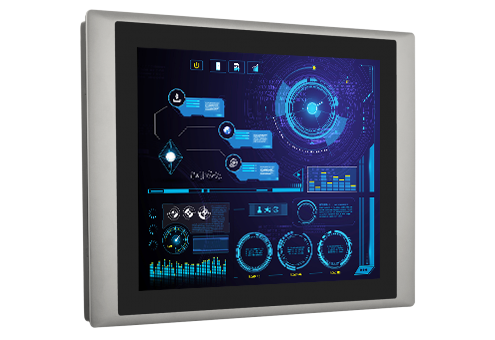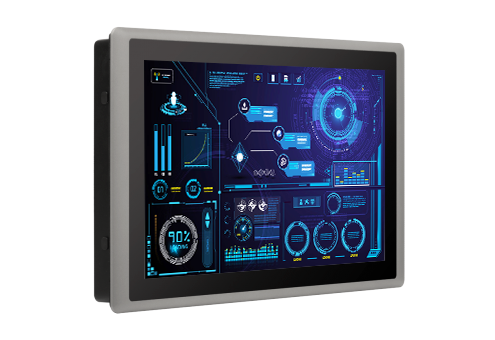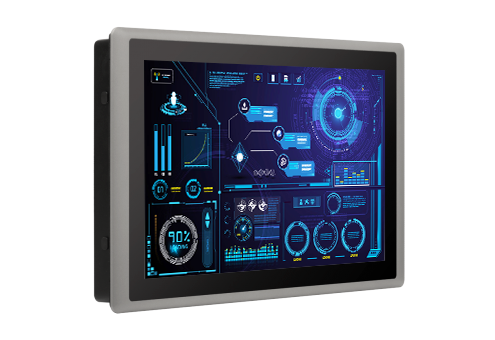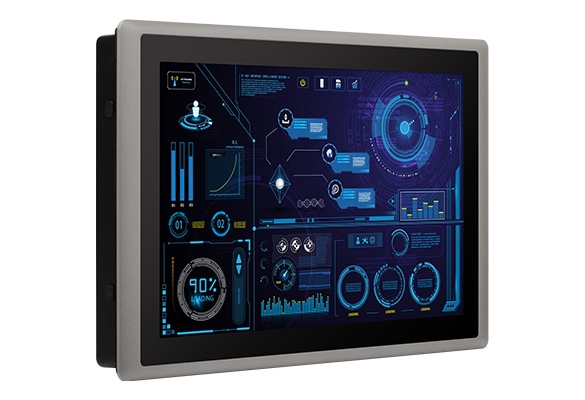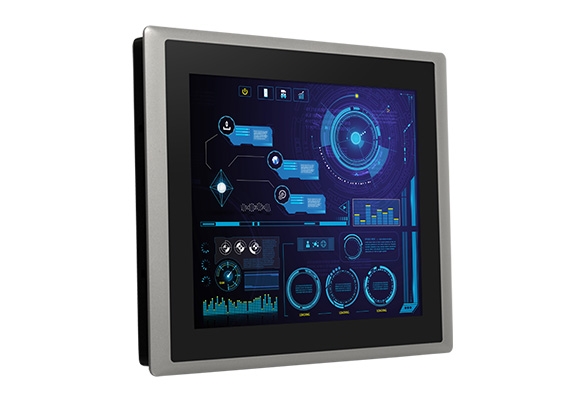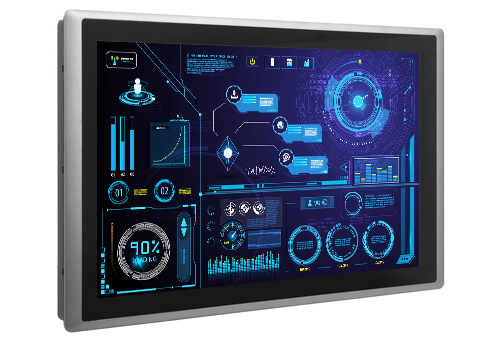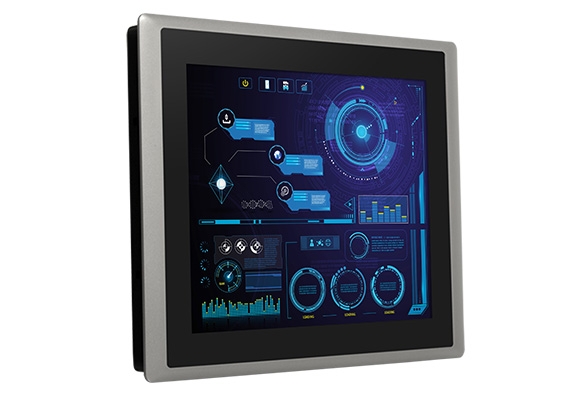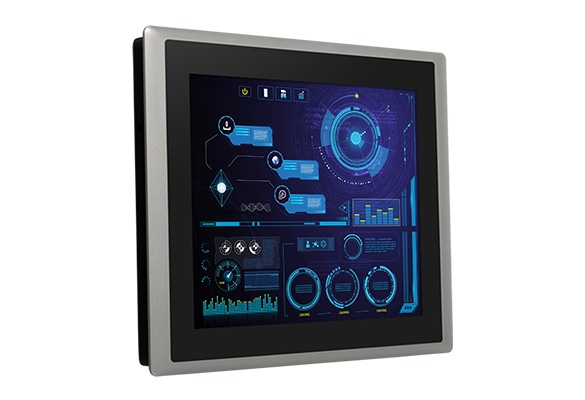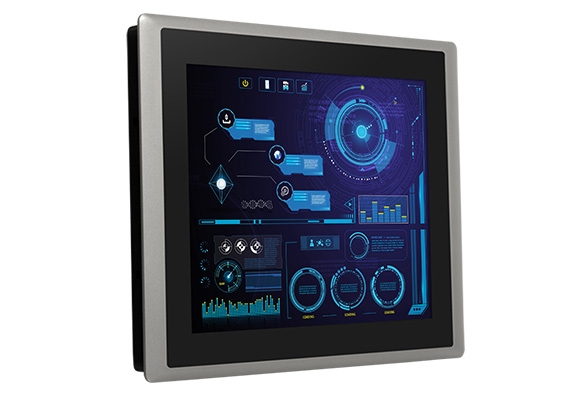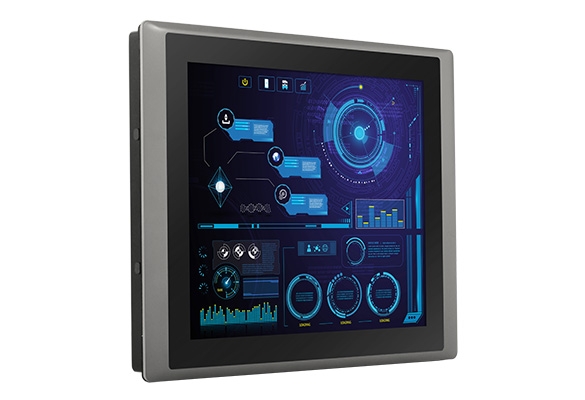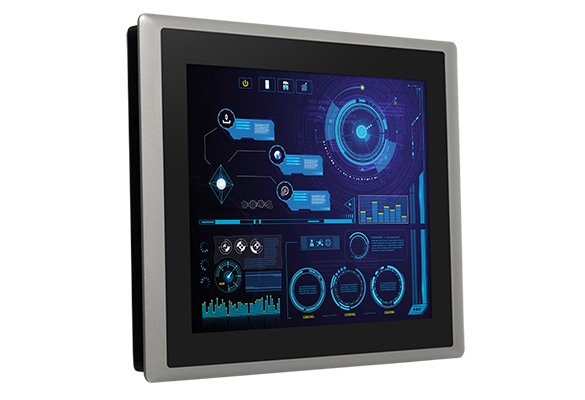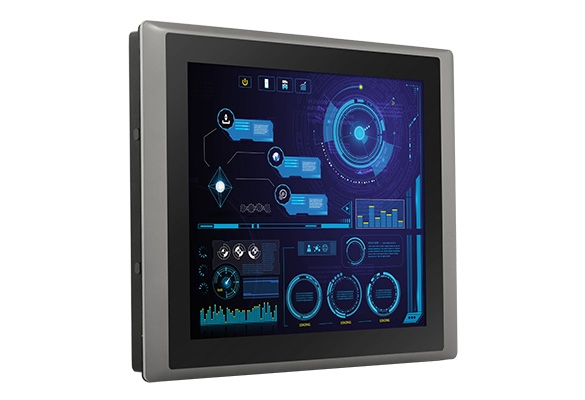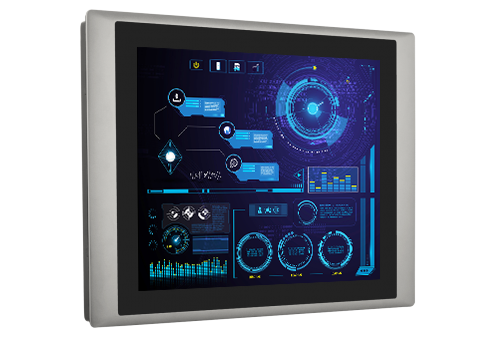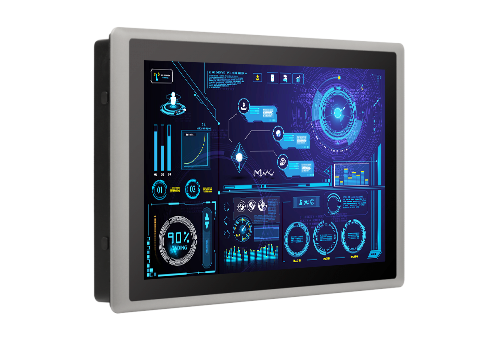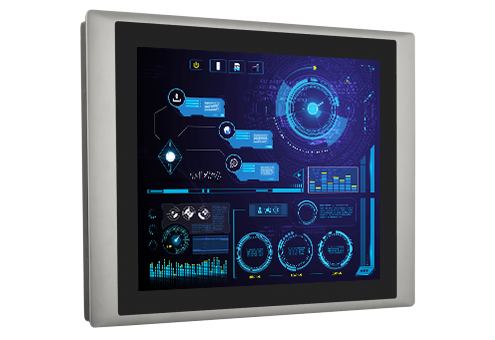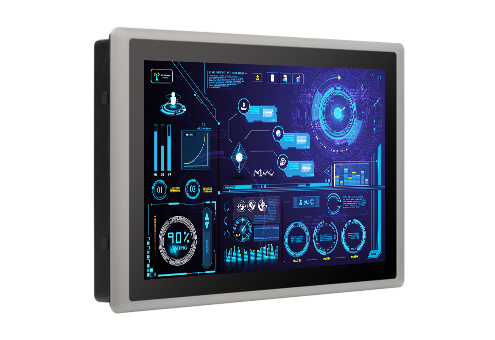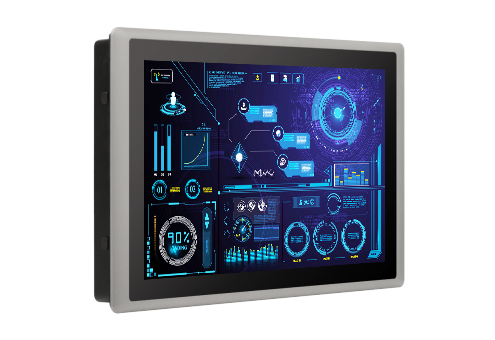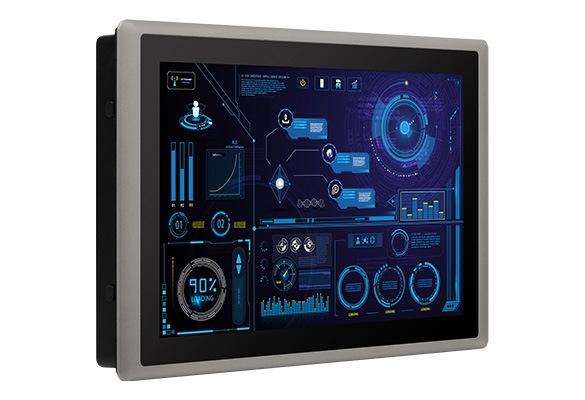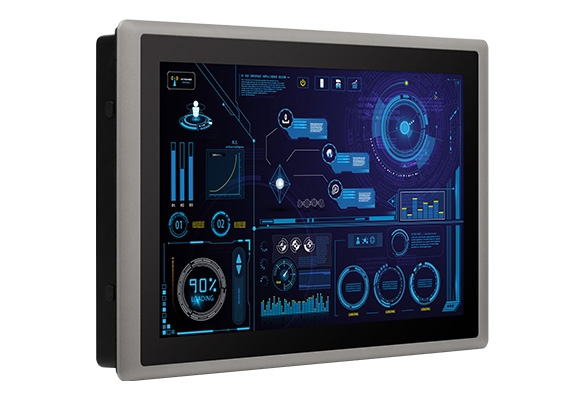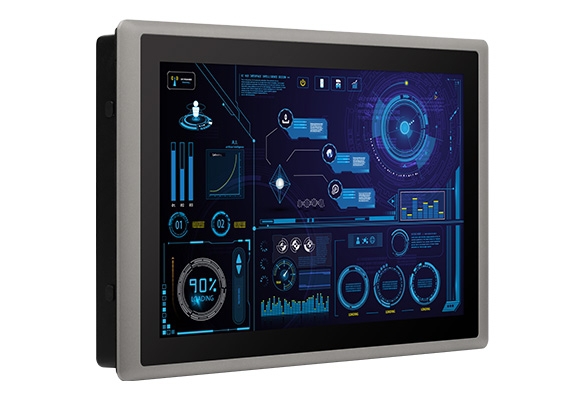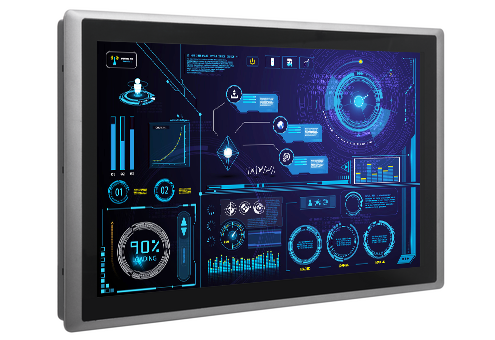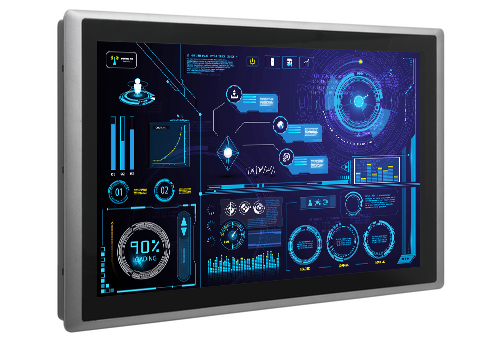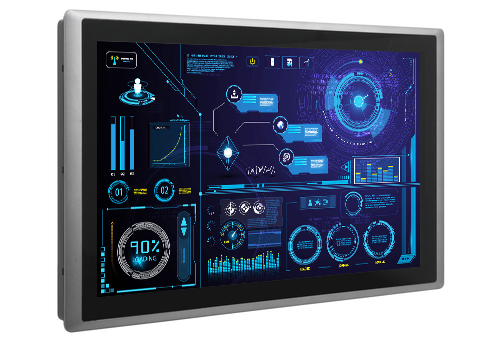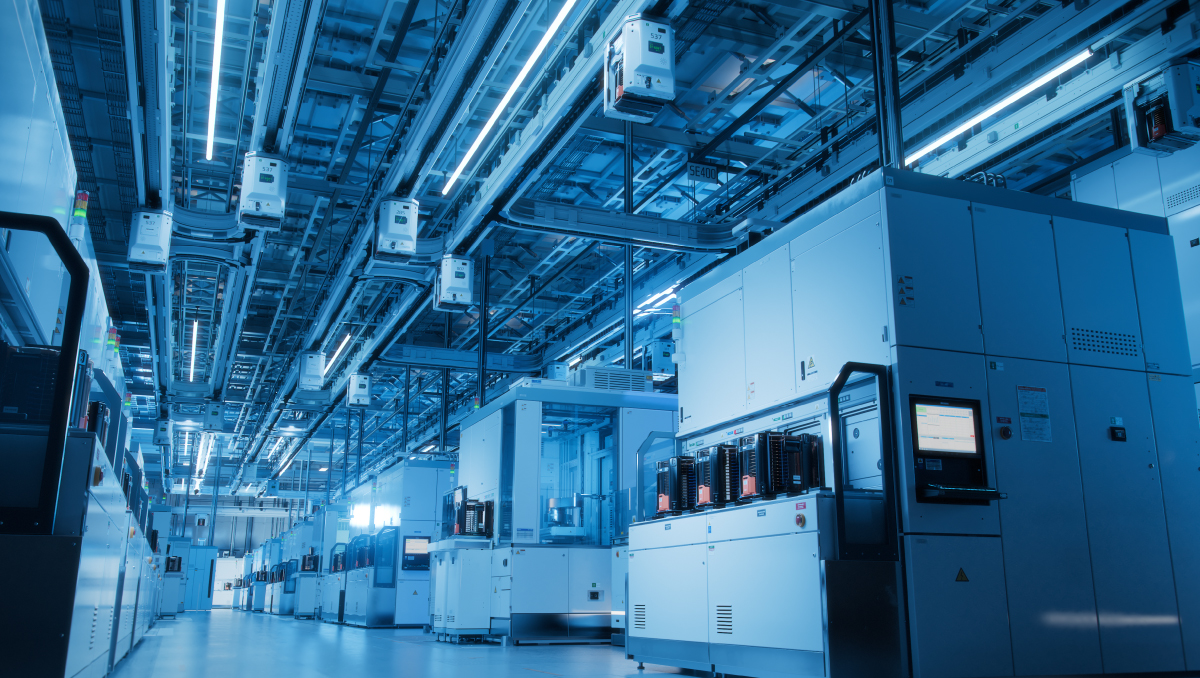
Industrial PCs for Remote Monitoring: Key Technologies and Practical Applications
Remote monitoring systems, powered by rapid advancements in Internet of Things (IoT) technology and smart manufacturing, are an essential solution for enterprises seeking to improve operational efficiency, optimize resource allocation, and strengthen security management. These systems employ distributed sensors to accurately collect data on environmental and equipment operations, leveraging the robust edge computing capabilities of Industrial PCs to facilitate real-time data fusion and intelligent interpretation. Remote monitoring transcends the limitations of conventional data collection methods by integrating artificial intelligence and big data analytics, enabling anomaly pre-warning and proactive maintenance decisions. This drives industries toward higher levels of automation and digital transformation, consequently enhancing operational stability and system resilience. With that in mind, let’s take a closer look at the specific value remote monitoring systems bring to businesses.
Four advantages of remote monitoring systems
Real-time equipment status updates
Managers can monitor operational status, data fluctuations, and warning messages instantly via the cloud or a control center where on-site sensor data is collected and analyzed. Anomalies are flagged for immediate attention, preventing costly downtime and increasing production transparency and management efficiency.
Reduced maintenance and operating costs
Compared with the high cost and low efficiency of traditional periodic manual inspections, remote monitoring leverages real-time operational data to detect unexpected equipment anomalies early and accurately predict maintenance needs. This enables predictive maintenance to replace reactive repairs and conventional preventive maintenance.
Enhanced decision efficiency and real-time alerts
AI can distill aggregated on-site data and forge the insights needed for real-time, actionable decision-making. Decision-makers are immediately informed of operational status through automated logging and notification systems, optimizing overall response speed and operational consistency.
Cross-regional centralized management
Remote monitoring provides unified management and centralized control across factories, machinery, and monitoring stations. This reduces the time spent sending personnel for inspections and enables real-time information synchronization and policy unification.

What kind of industrial PC is required for remote monitoring?
High-performance computing and AI applications
Remote monitoring systems process massive amounts of sensor data and video in real-time. Industrial PCs for remote monitoring must possess powerful computing performance and dedicated AI processing capabilities. Built with a multi-core processor and designed to support for AI and machine learning algorithms, the system enables fast edge-side data analysis and improved operational efficiency, delivering intelligent monitoring and decision making.
Rich I/O interfaces and communication compatibility
Remote monitoring systems need to integrate various sensors, controllers, and communication devices. The industrial PC must feature rich I/O interfaces and strong communication compatibility to ensure stable, real-time data transmission. Various I/O interfaces (such as LAN, COM, USB, and DIO) can connect to on-site sensing and control modules, and support wireless communication technologies such as 4G/5G, Wi-Fi, and GNSS, ensuring reliable connectivity for remote devices. Expandability also includes industrial communication protocols such as CAN Bus and EtherCAT for seamless integration and cross-platform data exchange within automation systems.
Industrial-grade robust design
Extreme temperatures, vibrations, dust, and electromagnetic interference in outdoor and industrial environments can severely impact remote monitoring systems. Industrial PCs in these scenarios must be designed for industrial-grade reliability. Design elements include wide-temperature, wide-voltage, anti-vibration, EMC protection, and fanless designs. These allow Industrial PCs to withstand diverse environmental conditions, maintaining system reliability and continuous operational performance.
Remote Monitoring Systems applications
Energy Monitoring Systems in Manufacturing
In manufacturing facilities, energy monitoring systems continuously collect and analyze energy consumption data from various production equipment and infrastructure via sensors and a remote monitoring platform. This data helps management personnel instantly track energy allocation, achieving comprehensive control over plant energy usage and maximizing operational efficiency. Upon detecting abnormal energy consumption or equipment faults, the system immediately issues alerts and automatically adjusts operational parameters, ensuring stable, efficient, and economical energy use and directly reducing energy consumption and operating costs.
Use Case: A global leading cloud computing platform provider selected the Cincoze CV-W121/P2002 industrial panel PCs as the core of its energy monitoring system. The system performs real-time analysis and displays live data by connecting to various sensors, helping operators assess energy consumption, reduce wasted energy, and improve operational efficiency.
Internet of Energy
Internet of Energy (IoE) manages and monitors distributed energy resources and grid connections for renewable energy nodes using IoT technologies. The system collects real-time operational data of energy facilities and analyzes energy usage trends through big data, adjusting power supply and distribution to optimize energy supply and reduce waste.
Use Case: A prominent European energy firm chose the Cincoze DC-1200 as their IoE gateway for monitoring the solar panel system and connecting to surrounding facilities. The system utilizes management software for operational status logging and predictive maintenance, transmitting data to the control center via the cloud for advanced analysis and energy dispatching.
Smart Bus Fleet Management
Smart bus fleet management systems require endpoints with stable data processing and communication capabilities to deliver accurate, real-time data, including vehicle location, schedule status, passenger information, and in-vehicle equipment status. The data that those computers transmit to the backend monitoring center helps manage schedules, monitor operations, and optimize passenger services. Operating units can see fleet status at a glance, enhancing transportation efficiency and passenger experience.
Use Case: A nation spanning both Europe and Asia opted for the Cincoze DX-1100 high-performance, compact embedded computer for its capital's smart bus system. At the heart of this system, the DX-1100 provides critical capabilities, including data transmission, fault analysis, and security monitoring. These features drove fleet management enhancements and operational optimizations that led to significant improvement in overall traffic safety.
Q&A
Q1:What is a remote monitoring system, and how does it differ from traditional monitoring?
A:
A remote monitoring system is a technology that uses sensors, communication networks, and industrial PCs to collect on-site data and transmit real-time status back to a central platform for monitoring and management. Its main benefits over traditional monitoring are real-time data feedback, remote operation, and AI analysis, which enhance management efficiency and enable immediate alerts that trigger problem resolution before anomalies become serious issues.
Q2:Why is the Industrial PC the core of a remote monitoring system?
A:
Industrial PCs are foundational to remote monitoring systems due to their high-performance computing capabilities, rich I/O interfaces, and robust industrial-grade design, which collectively ensure long-term stable operation in demanding environments. The IPC is responsible for real-time processing, field data transmission, and edge AI inference. These features enable the remote monitoring system to execute rapid 'on-site decision-making,' reducing cloud latency and bandwidth burden.
Q3:What benefits can remote monitoring bring to enterprises?
A:
Remote monitoring delivers quantifiable business benefits, including the ability to immediately assess equipment status, reduce maintenance expenditure, optimize decision-making efficiency, and support cross-regional centralized control. It substantially reduces downtime and labor costs while actively promoting intelligent, automated operating models, making it an indispensable element for achieving smart manufacturing and sustainable operational goals.
Q4:What applications is remote monitoring commonly used for?
A:
Remote monitoring is extensively applied across smart factories, energy management, transportation, smart cities, and public facility management. In these scenarios, the IPC functions as the crucial “data collection and edge computing center” that maintains system stability.
For example:
• Equipment monitoring and predictive maintenance in smart factories
• Energy dispatch in wind and solar power plants
• Equipment monitoring for fleet or rail systems

